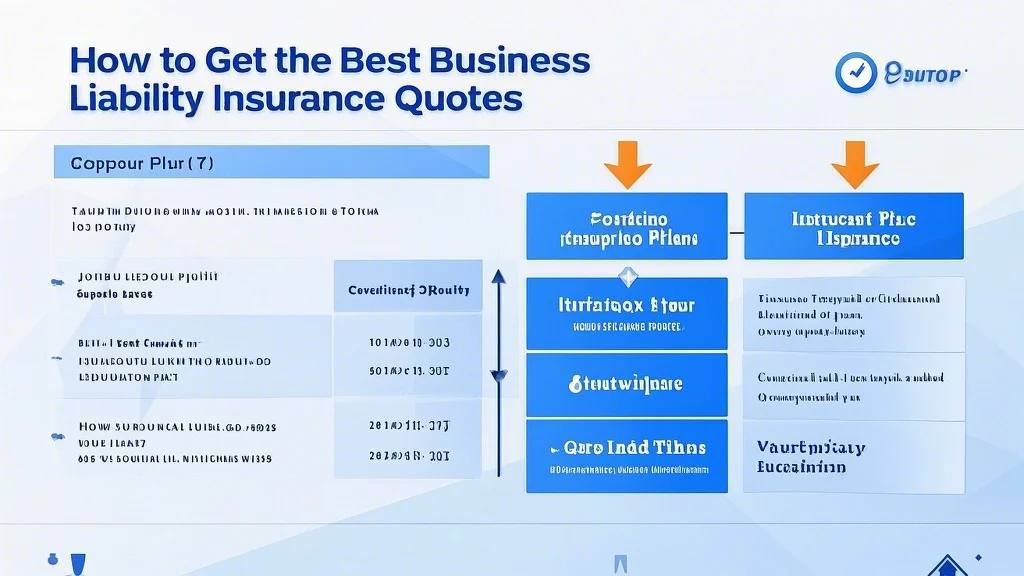part 1:
When it comes to business liability insurance, cost is a primary concern for many business owners. Business liability insurance protects your business from financial losses resulting from third-party claims of negligence, accidents, or other wrongful acts. While the coverage is essential, the cost of such insurance can vary widely based on several factors. In this article, we’ll break down the top 10 factors that influence business liability insurance costs.

1. Business Size
The size of your business can significantly impact your liability insurance costs. Larger businesses, especially those with multiple employees or operations in high-risk industries, often face higher premiums. Insurance providers consider factors such as revenue, number of employees, and the scope of operations when determining premiums. For instance, a small retail store may pay less in premiums compared to a large manufacturing company with complex operations and significant potential liability exposure.
2. Industry Risks
The industry in which your business operates plays a major role in determining your liability insurance costs. High-risk industries, such as construction, healthcare, or transportation, generally see higher premiums due to the increased likelihood of accidents, injuries, or disputes. On the other hand, low-risk industries, like consulting or software development, may enjoy lower premiums. Before finalizing your insurance policy, it’s important to assess the specific risks associated with your industry and discuss them with your insurance provider.
3. Claims History
Your business’s claims history is a critical factor in determining your liability insurance costs. If your business has a history of filing claims, your premiums are likely to increase. Insurance providers view frequent claims as an indicator of higher risk, leading to higher premiums or even difficulty obtaining coverage. To keep your costs low, it’s essential to minimize the likelihood of claims by implementing robust safety measures, providing proper training to employees, and maintaining thorough documentation of all business operations.
4. Policy Limits and Deductibles
The limits of liability and deductibles you choose for your insurance policy directly impact the cost. Higher policy limits (the maximum amount your insurance will pay out for a claim) and lower deductibles (the amount you must pay out-of-pocket before the insurance kicks in) generally result in higher premiums. Conversely, selecting lower policy limits and higher deductibles can reduce your premiums, but it comes with the risk of higher out-of-pocket expenses in the event of a claim. It’s a balance between affordability and adequate protection.
5. Safety Measures and Compliance
Implementing strong safety measures and ensuring compliance with industry regulations can significantly reduce your business liability insurance costs. Insurance providers often offer discounts to businesses that demonstrate a commitment to workplace safety, environmental compliance, and overall risk management. For example, businesses with safety-certified workplaces or those that participate in safety training programs may qualify for lower premiums. Regularly reviewing and updating your safety protocols is a smart way to protect both your employees and your bottom line.
6. Location
The location of your business can also influence your liability insurance costs. Business liability insurance rates vary by region due to differences in risk levels, legal costs, and regulatory environments. For example, operating in a densely populated urban area may carry higher liability risks compared to a rural location. Additionally, areas prone to natural disasters or with higher crime rates may see elevated insurance costs. Before finalizing your insurance policy, consider consulting with an insurance broker who understands the local risk landscape.
7. Number of Employees
The number of employees in your business is another key factor affecting liability insurance costs. Larger businesses with more employees often face higher premiums due to the increased potential for accidents, workplace injuries, or disputes. Insurance providers also consider the nature of your workforce—such as employees involved in high-risk activities or those handling sensitive operations. To mitigate these costs, businesses can invest in employee training programs, create clear workplace policies, and maintain open communication channels to address any concerns early.
part 2:
8. Use of Professional Liability Insurance
If your business provides professional services, such as consulting, engineering, or legal advice, you may need professional liability insurance in addition to general liability coverage. Professional liability insurance protects against claims of negligence or errors in professional judgment, which can be particularly costly for service-based businesses. The cost of professional liability insurance depends on factors like the nature of your services, the size of your firm, and the potential liability exposure. Adding this type of coverage can increase your overall insurance costs, but it’s often a worthwhile investment for businesses in high-risk industries.
9. Self-Insurance Options
In some cases, businesses opt for self-insurance as a way to reduce their reliance on traditional insurance providers. Self-insurance involves setting aside funds to cover potential liabilities rather than paying premiums to an insurance company. While this approach can lower costs in the short term, it comes with significant risks. Self-insured businesses must have sufficient financial reserves to cover large claims, and they assume full responsibility for any liabilities. This option is typically only viable for larger, more established businesses with the financial capacity to absorb unexpected losses.
10. Maintenance of Insurance Policy
Finally, the way you maintain your insurance policy can influence its cost. Failing to review and update your policy annually or neglecting to notify your provider of changes in your business operations can lead to unexpected increases in premiums or even coverage gaps. Regularly reviewing your policy with your insurance broker ensures that you’re paying for the right level of coverage and avoiding unnecessary costs. Additionally, staying informed about new risks, such as changes in laws or industry trends, can help you make more informed